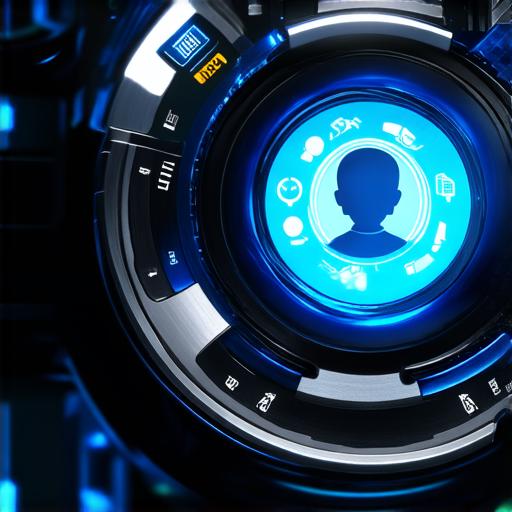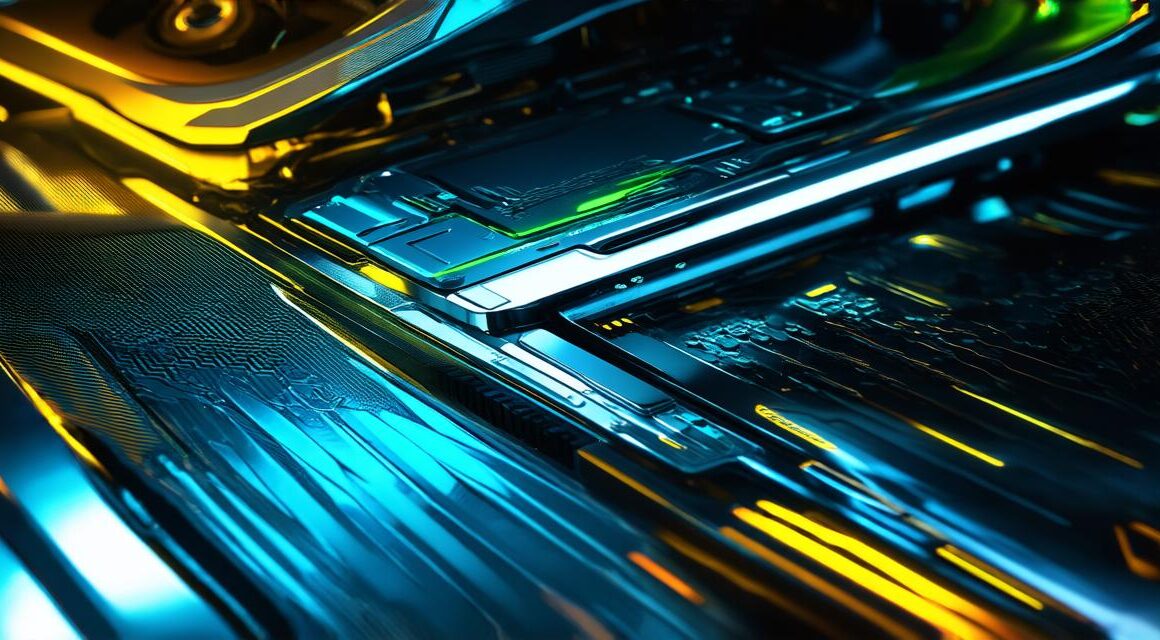Unity is a popular game engine and 3D development platform that enables users to create interactive experiences for web, mobile, desktop, and VR devices. One of the key features of Unity is its user interface (UI) system, which allows developers to create intuitive and engaging interfaces for their games and applications.
Integrating 3D Objects into Unity UI
When creating a game or application with Unity, developers often want to include 3D objects in the UI, such as buttons, sliders, and other interactive elements. Integrating these objects can be challenging, especially if they need to be dynamic and responsive to user input.
1. Use the UI System
The first step in integrating 3D objects into Unity UI is to use the built-in UI system. This system provides a set of prefabricated UI elements, such as buttons, sliders, and text fields, that can be easily customized and integrated into your scene. To use these elements, you will need to add them to your hierarchy and configure their properties in the inspector.
For example, if you want to create a button that triggers an action when clicked, you would first create a new UI Button object in your scene. Then, you would configure its properties, such as the text displayed on the button, the background image, and the font size. Finally, you would attach a script to the button that handles the click event and triggers the desired action.
2. Create Custom UI Elements
In some cases, you may need to create custom UI elements that are not available in the built-in UI system. To do this, you can use Unity’s 3D modeling tools, such as Blender or Maya, to create a 3D model of your desired element. Once you have created the model, you can import it into Unity and attach a script that handles user input.
For example, if you want to create a slider that adjusts the brightness of a scene, you would first create a 3D model of the slider using Blender or Maya. Then, you would import the model into Unity and attach a script that handles the slider’s value changes. The script could then update the brightness of the scene based on the slider’s value.
3. Use Animations and Particle Effects
Animations and particle effects are powerful tools for creating dynamic and engaging UI elements in Unity. These features can be used to add visual interest to buttons, sliders, and other interactive elements, making them more immersive and enjoyable to use.
For example, you could create an animation that plays when a button is clicked, providing visual feedback to the user and making the experience more satisfying. Similarly, you could use particle effects to create animations that respond to user input, such as a sparkling effect when a slider is moved.
Case Studies
To illustrate how to integrate 3D objects into Unity UI, let’s take a look at some real-life examples from the Unity community.
1. Puzzle Quest: Galactic Adventures

Puzzle Quest: Galactic Adventures is a popular puzzle game that uses 3D objects in its UI to create an engaging and immersive experience. The game’s main screen features a 3D button that players can click to start a new level. When the button is clicked, it animates and changes color, providing visual feedback to the player.
To achieve this effect, the developers used Unity’s built-in animation system to create an animation that plays when the button is clicked.



